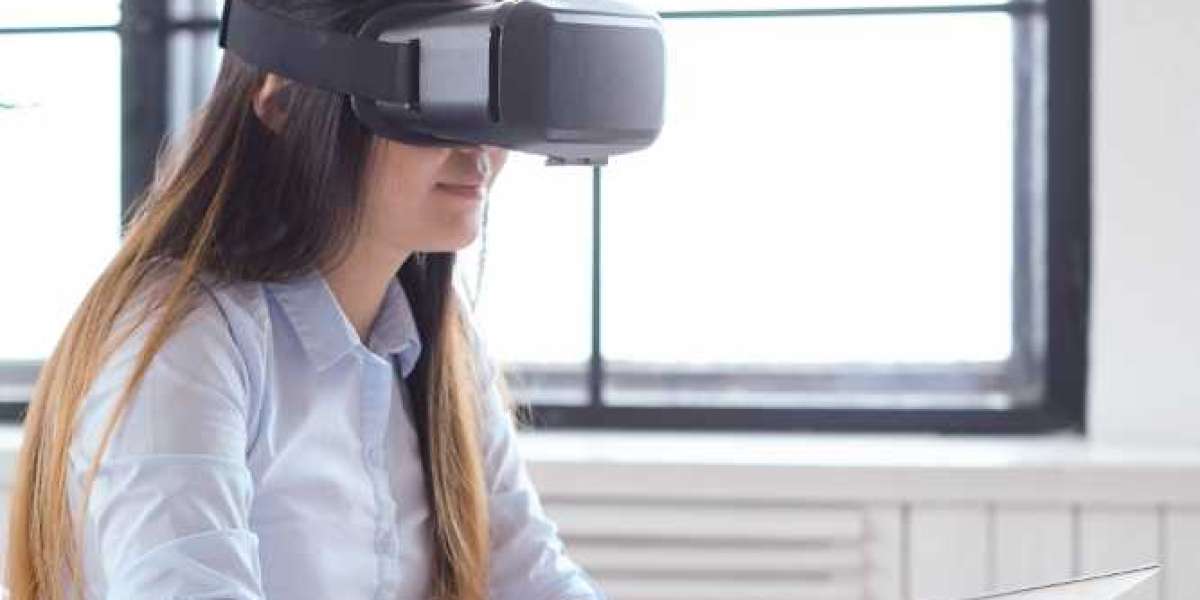Introduction
Artificial intelligence (AI) continues to revolutionize industries, and computer vision development stands at the forefront of this transformation. Businesses across sectors are adopting this technology to enhance efficiency, improve customer experiences, and gain competitive advantages. As companies realize the potential of computer vision in businesses, its applications are becoming increasingly diverse and impactful, from retail and healthcare to manufacturing and logistics.
Understanding Computer Vision Development
Computer vision development involves creating algorithms and systems that allow machines to interpret and analyze visual data, such as images and videos. This field leverages advanced AI technologies like deep learning to mimic human visual understanding and decision-making processes.
Core Concepts of Computer Vision
Image Processing:
- Techniques to enhance image quality and extract valuable features.
- Examples: Noise reduction, edge detection, and segmentation.
Object Detection and Recognition:
- Identifying objects in images and classifying them.
- Examples: Facial recognition systems, barcode scanners.
Pattern Recognition:
- Analyzing visual data to identify trends and anomalies.
- Examples: Identifying defects in manufacturing.
Motion Tracking and Analysis:
- Monitoring and predicting movement in videos.
- Examples: Security surveillance, sports analytics.
3D Modeling:
- Reconstructing 3D objects from 2D images.
- Examples: Virtual reality (VR) applications, architectural modeling.
Applications of Computer Vision in Businesses
1. Retail and E-commerce
Computer vision is transforming how businesses interact with customers and manage inventory.
- Customer Behavior Analysis:
- Cameras analyze shopping patterns, helping retailers optimize layouts and marketing strategies.
- Example: AI monitors which shelves attract the most attention.
- Virtual Try-Ons:
- Augmented reality (AR) powered by computer vision allows customers to visualize products.
- Example: Trying on clothes or makeup virtually.
2. Healthcare
In healthcare, computer vision development improves diagnosis accuracy and streamlines operations.
- Medical Imaging:
- AI analyzes X-rays, MRIs, and CT scans to detect abnormalities.
- Example: Early detection of cancer or fractures.
- Surgical Assistance:
- Computer vision aids robotic surgeries, ensuring precision and safety.
3. Manufacturing
Computer vision in businesses drives operational efficiency in manufacturing through quality control and automation.
- Defect Detection:
- AI identifies flaws in products during production.
- Example: Detecting scratches or misaligned parts in assembly lines.
- Predictive Maintenance:
- Monitoring equipment to predict and prevent failures.
4. Logistics and Supply Chain Management
AI-powered vision systems streamline logistics and improve delivery accuracy.
- Automated Sorting:
- Vision-enabled robots sort and pack items based on size and destination.
- Example: Amazon's fulfillment centers.
- Route Optimization:
- Real-time analysis of traffic and weather conditions for efficient delivery routes.
5. Security and Surveillance
Security systems use computer vision to enhance monitoring and threat detection.
- Facial Recognition:
- AI identifies individuals in real-time, enabling secure access control.
- Example: Smart office buildings.
- Anomaly Detection:
- Identifying unusual behavior in public spaces to prevent incidents.
6. Agriculture
Computer vision is enabling smarter farming practices.
- Crop Monitoring:
- Drones with vision technology assess crop health and detect pest infestations.
- Example: Identifying drought-stricken areas in large fields.
- Yield Prediction:
- AI estimates potential yields based on growth patterns.
Key Benefits of Computer Vision in Businesses
Improved Efficiency:
- Automating repetitive tasks saves time and reduces operational costs.
Enhanced Decision-Making:
- Real-time data insights enable informed business decisions.
Personalized Customer Experiences:
- AI-driven personalization improves customer satisfaction and retention.
Cost Savings:
- Early defect detection and predictive maintenance reduce waste and repair costs.
Scalability:
- Vision-based systems can adapt to growing business needs.
Steps to Implement Computer Vision Development in Businesses
Step 1: Define Business Objectives
- Identify specific problems you aim to solve with computer vision.
- Examples: Reducing product defects, improving warehouse automation.
Step 2: Gather and Prepare Data
- Collect high-quality images or videos relevant to your objectives.
- Annotate the data to train AI models effectively.
Step 3: Choose the Right Tools and Algorithms
- Select tools like OpenCV, TensorFlow, or PyTorch.
- Choose algorithms tailored to your needs: CNNs for image recognition, RNNs for sequence analysis.
Step 4: Develop and Train the Model
- Train AI models using the prepared data to achieve accurate predictions.
- Optimize performance through techniques like transfer learning.
Step 5: Test and Validate
- Evaluate model accuracy using metrics like precision, recall, and F1-score.
- Test the model in real-world scenarios to ensure reliability.
Step 6: Deploy and Monitor
- Integrate the model into your existing systems for seamless operation.
- Regularly update the model with new data to maintain performance.
Challenges in Computer Vision Development
While computer vision in businesses offers immense potential, challenges remain:
Data Privacy Concerns:
- Handling sensitive visual data requires robust security measures.
High Implementation Costs:
- Developing and deploying vision systems can be expensive for small businesses.
Complexity in Model Training:
- Training AI models requires skilled professionals and computational resources.
Scalability Issues:
- Adapting systems for larger datasets or more complex tasks can be challenging.
The Future of Computer Vision in Businesses
The integration of computer vision development into businesses is set to grow, driven by advancements in AI technologies. Key trends include:
AI-Powered Retail:
- Fully automated stores with AI handling inventory, checkout, and personalization.
Smart Cities:
- Computer vision systems managing traffic, security, and urban planning.
Sustainable Agriculture:
- Enhanced crop monitoring to reduce waste and improve food security.
Industrial Automation:
- Increased use of robotics and AI for streamlined manufacturing processes.
Augmented Reality Integration:
- Merging computer vision with AR for training, design, and customer engagement.
Conclusion
Computer vision development is a transformative force in modern businesses, enabling unprecedented efficiency, accuracy, and innovation. From improving customer experiences to optimizing operations, computer vision in businesses offers a wealth of opportunities for growth and success.
By adopting this technology and overcoming implementation challenges, businesses can stay ahead of the curve and lead their industries into a future driven by AI-powered solutions.
